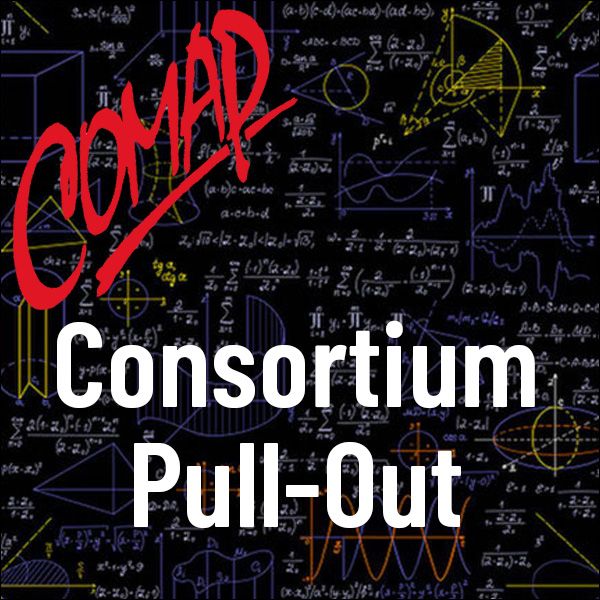Mind Your Own Business
Author: Marsha Davis
In this Pull-Out, students explore strategies that could make the difference between whether or not a business is successful. The basic mathematical idea in the activities is optimization. Students develop several mathematical models that can be used to optimize the performance of a small manufacturing business. These models include linear, quadratic, and rational functions.
In Activity 1, students fit a linear model to sales and price data. They use this model to create a quadratic revenue model and then determine the price that maximizes revenue. However, maximizing revenue does not necessarily lead to a successful business; in order for a business to be successful, it must take in more money than it pays out. Realizing that profit, the difference between revenues and costs, may be a better measure of success, students develop a quadratic profit model and then determine the price that maximizes profit.
The profit model in Activity 1 is based on the assumption that the raw materials needed to produce each month's finished products were ordered monthly. In Activity 2, students revise their profit model by relaxing this assumption. The business is allowed to purchase sufficient raw materials to last multiple months. Under this assumption, students must figure in the cost of losing interest on the money spent on large quantities of raw materials. The goal in this activity is to minimize costs. Students create an average cost model, which turns out to be a rational function, and maximize profits by minimizing costs.
In Activity 3, conclusions from profit models similar to those developed in Activity 1 are revisited in a setting in which the business is considering expansion. Students determine maximum profits given three possibilities- the company employs one shift, the company allows the workers to work overtime, and the company expands to two shifts.

Mathematics Topics:
Application Areas:
You must have one of our Free Memberships or a paid Full Membership to download this resource.
If you're already a member, login here.